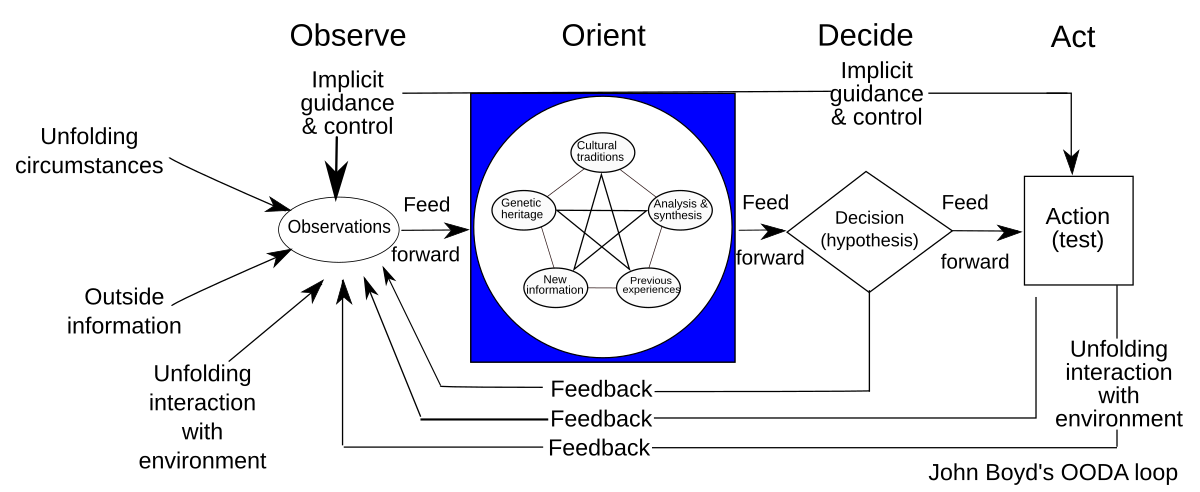I think the upshot is that 33% weekly reduction doesn't really resolve all the issues people had with the weekly reset - smaller groups still can't make incremental progress and a lot of effort still feels wasted wasted in terms of overall war progress.
It mostly affects systems that were almost complete anyway and could easily be finished next week even with the 33% tax.
It's likely that this is a compromise solution that doesn't affect the overall strategy/outcomes of the invasion behind the scenes too much for what frontier had planned.
It mostly affects systems that were almost complete anyway and could easily be finished next week even with the 33% tax.
It's likely that this is a compromise solution that doesn't affect the overall strategy/outcomes of the invasion behind the scenes too much for what frontier had planned.


